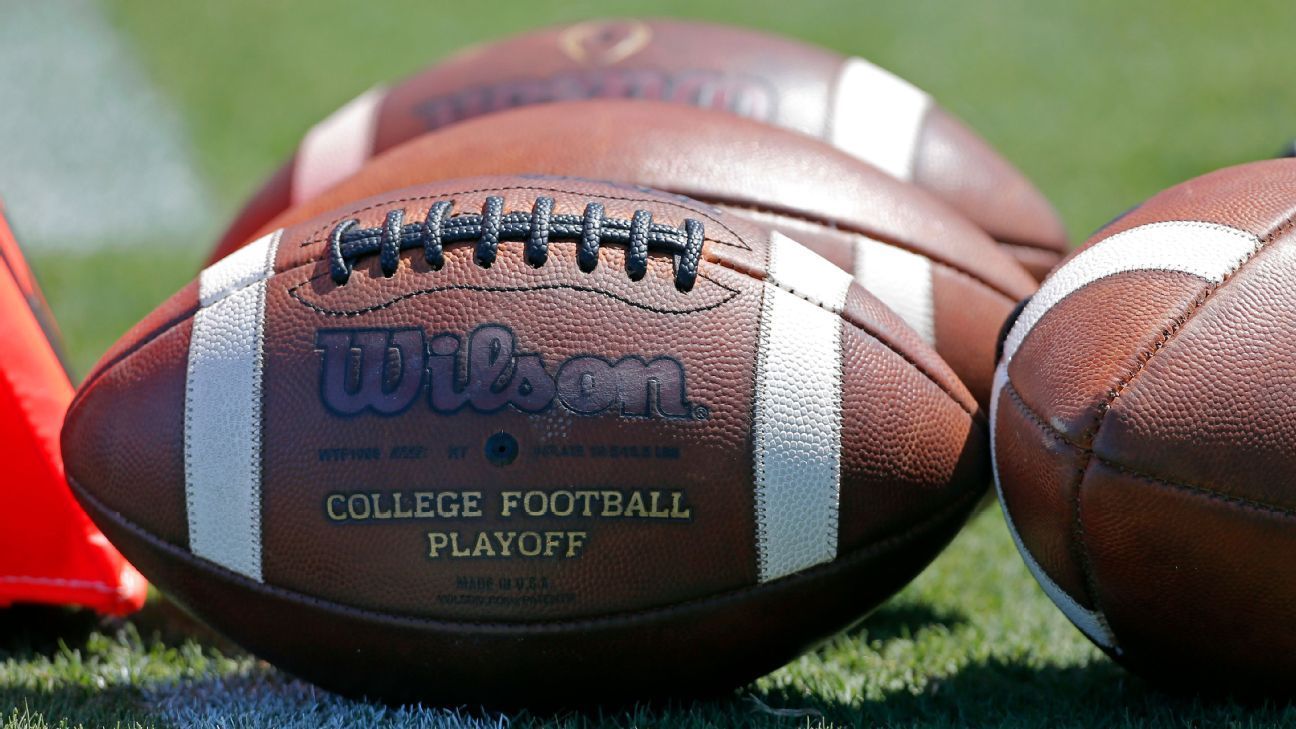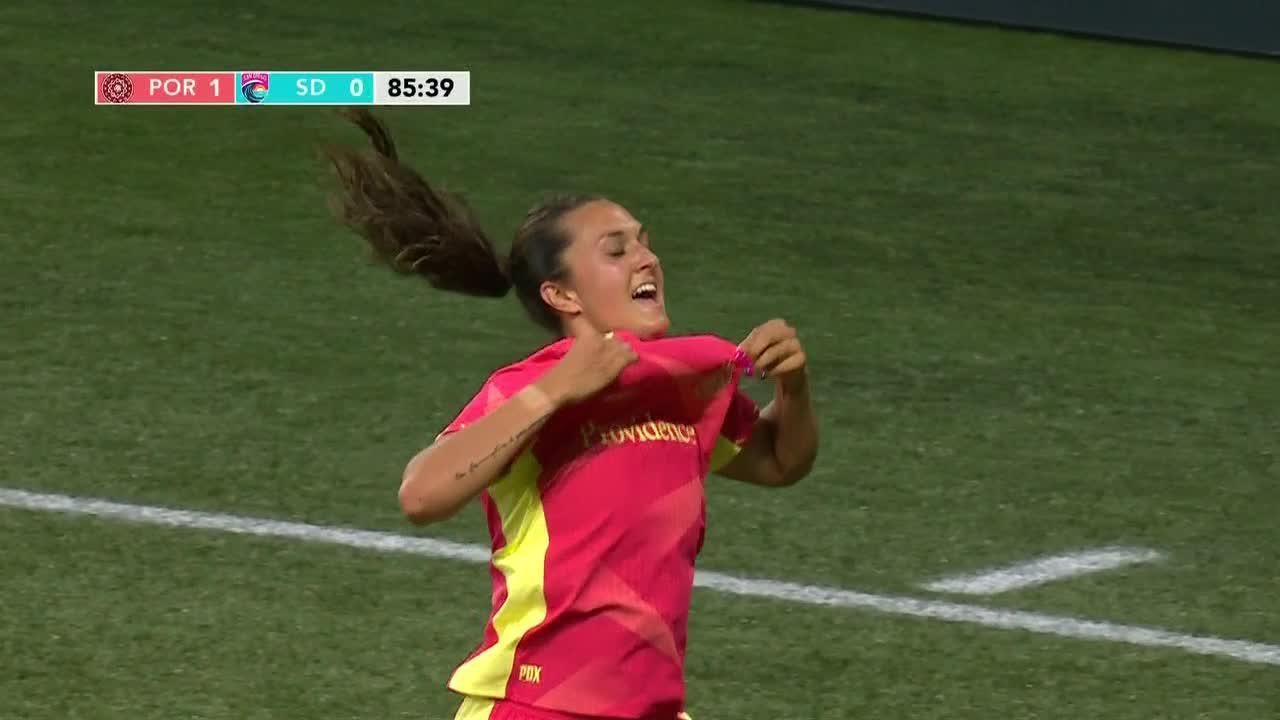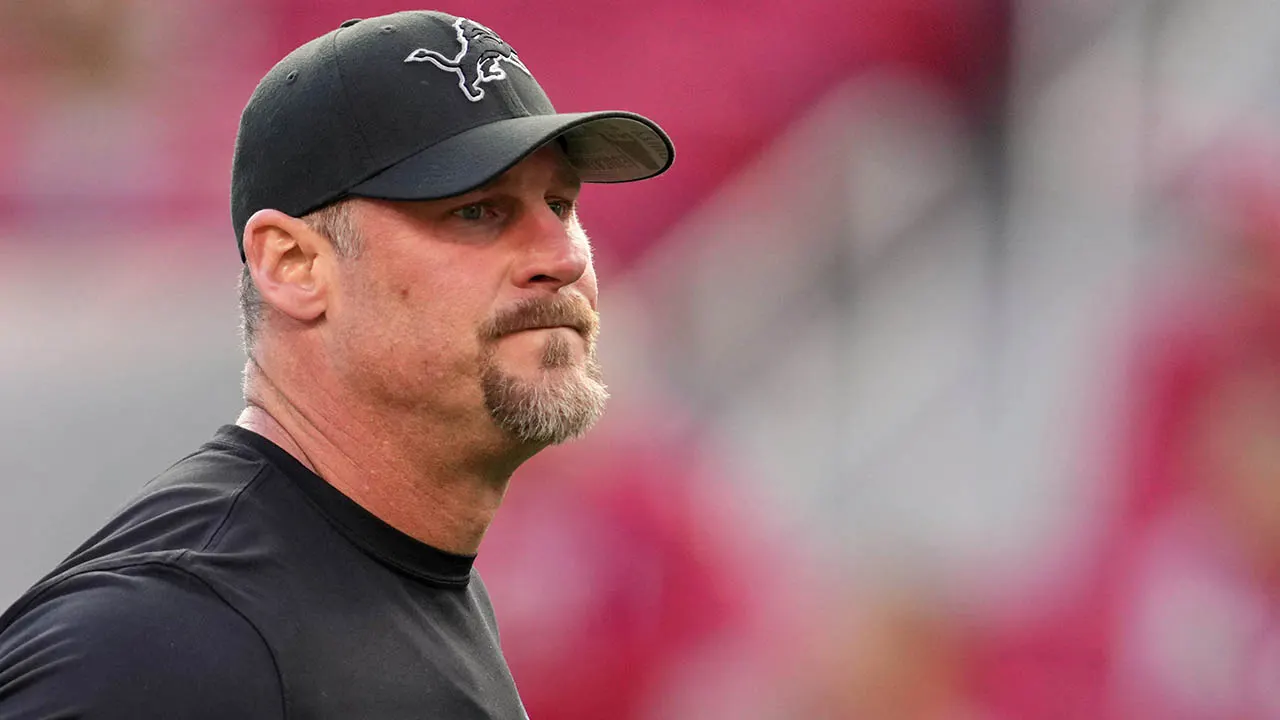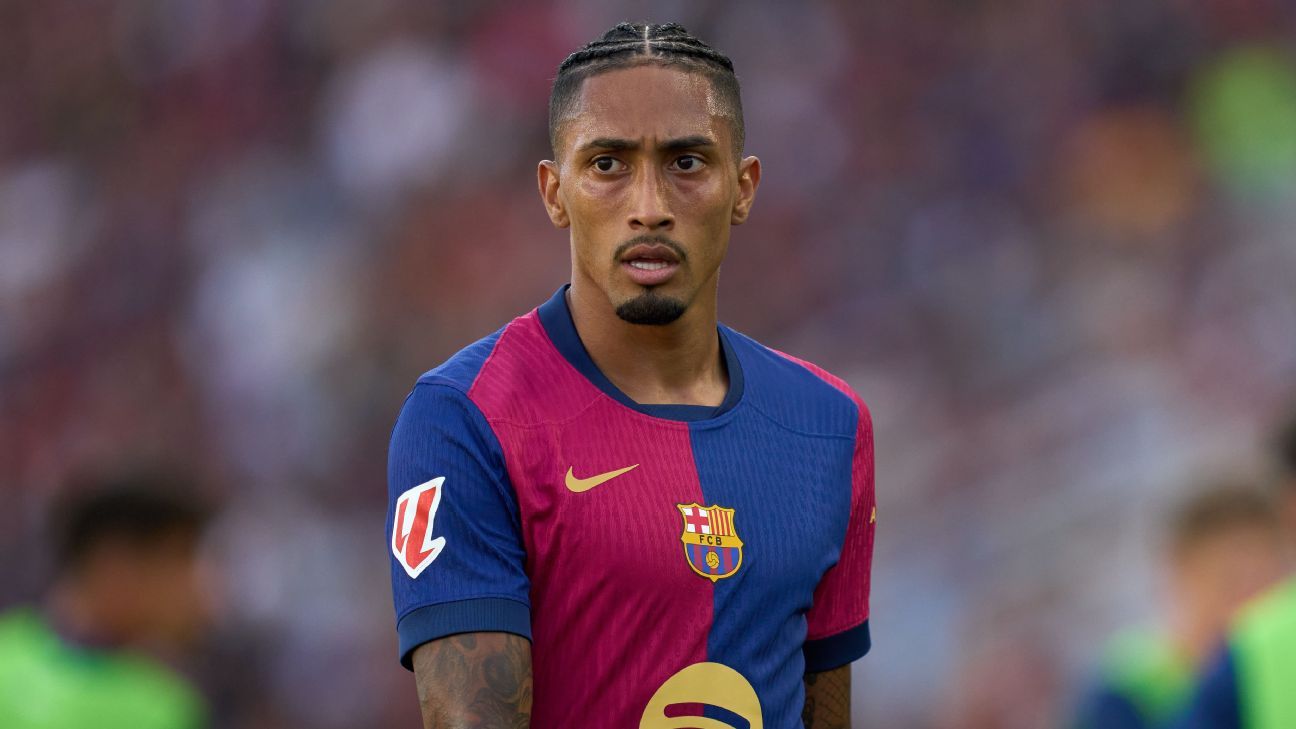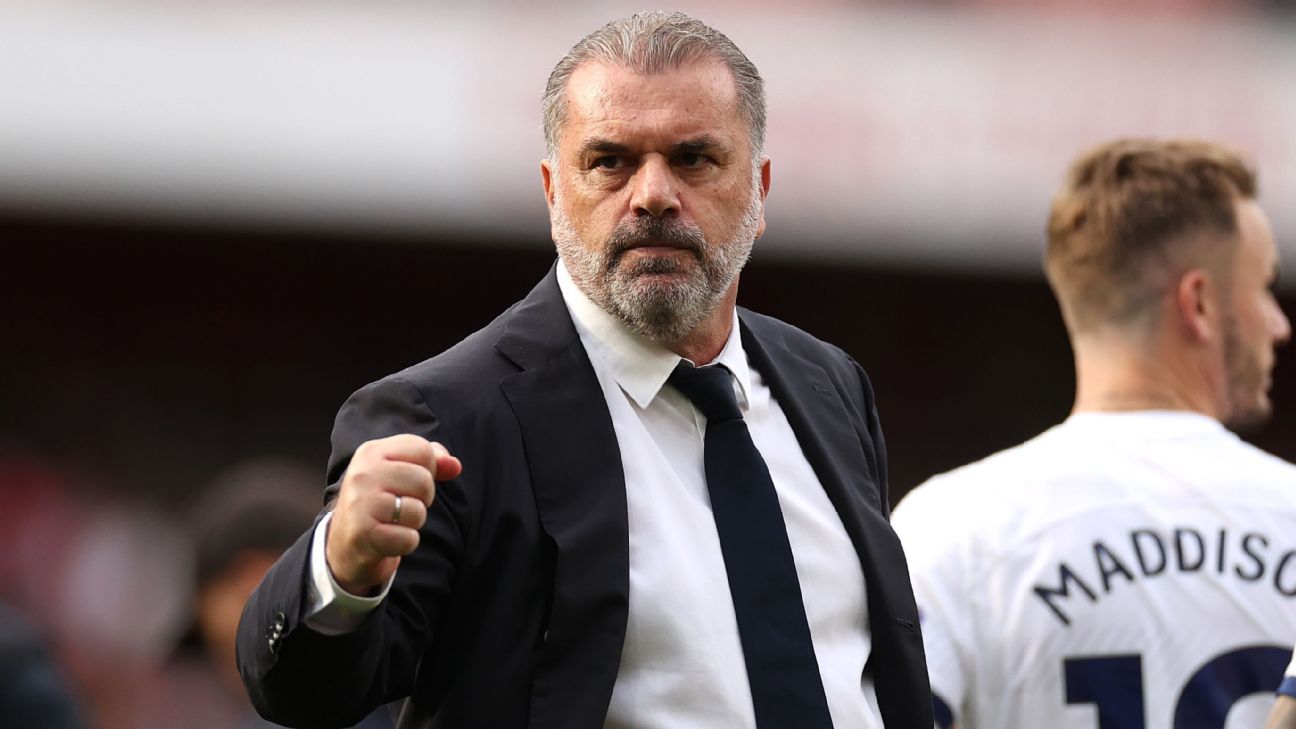The College Sports Commission has loosened its general prohibition of athletes who receive payments from null groups, according to a memorandum that the new application agency sent to athletics directors on Thursday morning.
The groups, an evolutionary industry built to channel athletes in a particular school, will still face significantly more scrutiny when trying to sign the agreements with players than in recent years.
The Memorandum of the Thursday of the CSC, which reviews the orientation it issued three weeks ago, ends the first notable fight under the new industry application structure without returning to a court room. However, it provides more clear than a definitive answer to an essential question for the future of how the main university sports will work: Can the rich teams and their reinforcements designed to create a competitive balance?
The new rules say that athletes and groups will have to demonstrate that each agreement they sign requires that the athlete promote a product or service that is sold to obtain profits instead of being a vehicle to channel the money from reinforcements to athletes. The groups may need to show documentation of the “effort of the entity to benefit from the agreement,” according to the Memo.
University athletes can now earn money in two ways: through direct payments of their school and through approval contracts with third parties. As part of a historical legal agreement known as the Agreement of the House of Representatives, which was ended in June, the lawyers of the athletes and schools agreed to put a limit to direct payments from $ 20.5 million per school in the next academic year.
During the previous four years, when only null payments were allowed, an artisanal collective industry evolved to provide their equipment with a de facto payroll. Many of those groups gathered money from fans and rich reinforcements to give athletes in exchange for a minimum backup. Some groups also acted as marketing agencies, matching athletes with local companies, or launched subscription -based businesses to help fans connect with their favorite team players.
In an effort to prevent the equipment from using their groups to avoid the expenditure limit of $ 20.5 million, the terms of the house settlement claim that all those who deal with “associated entities” (essentially collective and reinforcements) must be for a “valid commercial purpose” and fall within a reasonable range of compensation. A $ 1 million agreement will not be allowed for a player to make some publications on social networks, for example.
“Payment for play will not be allowed, and each null agreement made with a student-attach must be a legitimate agreement, not for the payment game,” CSC CEO, Bryan Seley said Thursday.
The CSC is a new organization in charge of examining all third -party agreements to ensure that they comply with the terms of the agreement. The conferences and the CSC are using a platform called Nil Go, operated by Deloitte, to examine those third -party offers. The new guidelines mean that each agreement must be evaluated by case by case with a subjective analysis instead of executing them through an algorithm, which will probably require more labor than the incipient execution group with only three initially planned employees.
The CSC issued its initial prohibition of the groups on July 10, less than two weeks after opening its doors. Several groups told ESPN that they felt the prohibition painted with a brush too wide and unjustly prohibited their industry.
“Today's development is an important step forward for athletes and the groups that support them,” said Hunter Baddour, executive director of an industry group called collective association. “By eliminating unnecessary obstacles, this agreement brings us closer to treating null groups like any other legitimate business that operates in the university sports ecosystem.”
Some groups have been consulting with the High Profile University Sports Lawyer Tom Mars to evaluate possible legal actions. Mars told ESPN on Thursday that the new guide does not necessarily rule out the potential of a lawsuit from the groups, but that “the situation is definitely changed for groups.”
“It should be consecutive that the commissioners took them more than a week to agree on the language of the new CSC guide,” Mars said.
The lawyers Jeff Kessler and Steve Berman, who represented all the athletes of division I in the camera settlement, sent a letter to the CSC two weeks ago declaring that the prohibition of the groups exceeded the terms of the agreement. Kessler and Berman negotiated with lawyers from the NCAA, CSC and the power conferences during the last two weeks to review the guide.
Kessler and Berman did not immediately respond to comments requests.
The adjusted rules probably open some gaps so that creative reinforcements continue to channel money to athletes for recruitment purposes through agreements that are prepared as endorser in the paper. However, university sports leaders hope that the various restrictions that remain in their place will provide sufficient friction to prevent pocket schools from obtaining an insurmountable advantage in what their players can pay.

